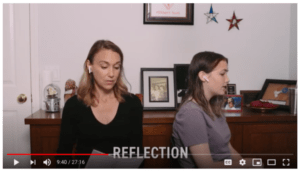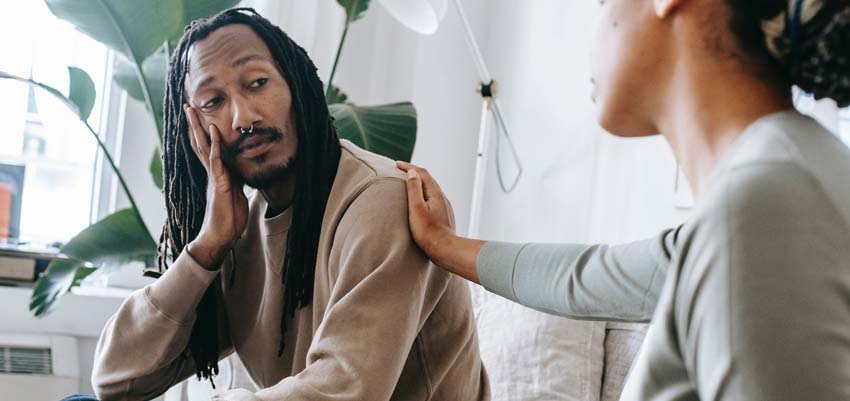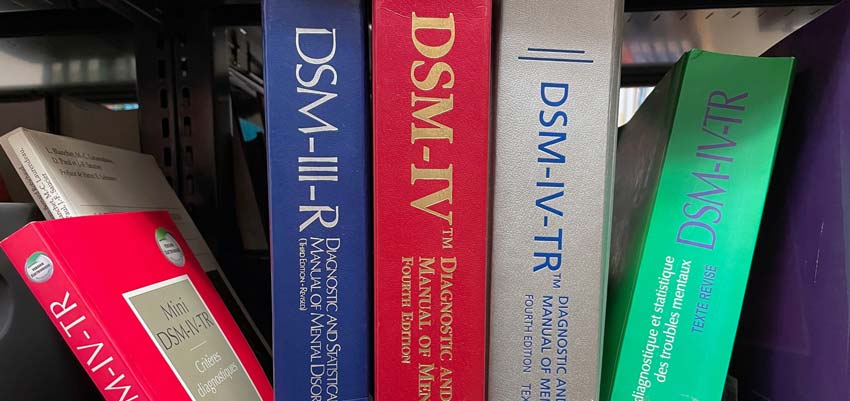July 2020
Hello Friends!
Like most of you, I am sure, the horrific, public murder of George Floyd and the subsequent racial justice protests have driven me to re-evaluate what I am doing personally and professionally to dismantle racism, and truly achieve equitable health and health care for all. I’ve recommitted to my own practice of unflinching self-reflection on my own biases and privilege and to mitigating both; I’m also rededicating myself to transforming all health, social care, and public service settings into empathic, dignified, respectful environments.
Many of us work at organizations with safe, beautiful, and compassionate environments; and some of us may work at organizations that might inadvertently be engaging in practices that contribute to an unfriendly or even authoritarian environment for the people we serve – many of whom are people of color. It isn’t uncommon that our helping organizations employ private security guards who stand in uniform in our waiting rooms or emergency rooms. They sometimes have weapons, including pepper spray, batons, tasers and guns. Some of us have glass in front of our receptionists (long before COVID), automatic locking doors between the front and back offices, and command signs that indicate a power differential, such as the pictures above, taken at a health clinic.
Unfortunately, for people who have historically experienced police as authoritarian, violent or punishing – such as those with severe mental illnesses, Black people and other people of color – the above “safety enhancements” can contribute to a perception of, and the eventuality of, violence, in the very place that is meant to support wellbeing, provide help, and value equity. Minimally, they can signal an unfriendly and unequal relationship to those we serve. Waiting in guarded areas with rules on the walls becomes a social justice issue when we consider how rarely those with private insurance encounter this.
None of us would purposefully create an authoritarian relationship with our patients and in fact, the motivation for implementing these practices is noble – to keep our staff and patients safe. This moment offers us an opportunity to reconsider if security guards, glass partitions and “no cell phone” signs reflect the type of relationships we want to have with the communities we serve. Just as the national discourse is considering how the money devoted to policing neighborhoods might be more effectively spent on enriching and supporting the community, we too might imagine different, creative and relational strategies to ensure the safety and wellbeing of our patients and staff in the waiting room. I would welcome hearing your thoughts on this important topic! Please feel free to respond to this email if you’d like to share.
And…. we have many new resources:
Empathic Physical Environments: As in-person visits start to increase in our clinics, many of us want to make sure our physical environment communicates empathy to our patients. This Empathy Opportunity Map shows some of the different points where we can show care for our patients.
Conducting Sensitive Screenings: My clinic asked me to make a video to help medical assistants who conduct sensitive screenings on the telephone and video. In this new video, I demonstrate reflective listening, affirming and other short, empathic responses while conducting ACE, AUDIT and PHQ-9 screening.
Empathic Relationships via Video: I recently started therapy again, giving me the experience of meeting a therapist for the first time via Zoom. ‘Considerations, Tips and Thoughts on Video Sessions’, shares practical tips for developing and maintaining empathic relationships via video. I drew on my experience as a telehealth clinician, as a telehealth therapy patient, and the wisdom of two clinicians on my team, Lizzie Horevitz PhD LCSW and Erica Palmer LCSW.
Motivational Interviewing: For those of you who are MI trainers, we have many new resources including 16 new, short videos, each demonstrating different MI skills (thank you to Holly Hughes LCSW for providing the space, sharing one of her therapists for the videos, and being in the videos herself!). Updated MI slide decks now include telephone and video considerations, there are suggestions on conducting MI workshops virtually, and much more. These MI resources and more are now also on the Center for Care Innovation’s webpage.
Wishing all of you well!
Elizabeth




